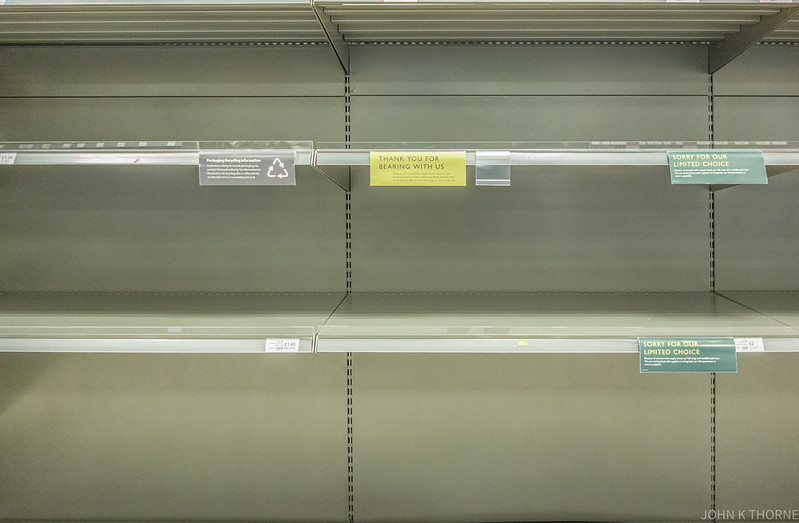
Retailers have plenty of products on hand – except when they don’t. Supply chain challenges are nothing to worry about – except when they are. And higher prices are only an illusion – except when it comes time to pay.
As we head into the thick of the holiday shopping season, low supplies and high prices are either a serious problem, or a problem that retailers have already adequately addressed, depending on whom you ask. Now the U.S. government is stepping in, both to reassure consumers that everything will be fine, and to pressure retailers and manufacturers to ensure that it is.
The Federal Trade Commission has launched an investigation into the causes of “empty shelves and sky-high prices,” ordering nine large retailers, wholesalers and manufacturers to provide information about how they are handling supply chain disruptions and what impact those disruptions are having on pricing, marketing and promotions.
Retailers Walmart, Amazon and Kroger, wholesalers C&S Wholesale Grocers, Associated Wholesale Grocers and McLane Co, and manufacturers Procter & Gamble, Tyson Foods and Kraft Heinz will be required to detail, within the next 45 days, “the primary factors disrupting their ability to obtain, transport and distribute their products; the impact these disruptions are having in terms of delayed and canceled orders, increased costs and prices; the products, suppliers and inputs most affected; and the steps the companies are taking to alleviate disruptions.”
As part of its investigation, the FTC is also soliciting public comments from consumers, asking “What problems have you experienced purchasing products from retailers due to supply shortages? Did those shortages increase prices or make it hard to find something you needed?” and “Have you changed where you shop because your preferred store was out of a product you needed?”
The goal of the review, the FTC says, is to “shed light on the causes behind ongoing supply chain disruptions and how these disruptions are causing serious and ongoing hardships for consumers and harming competition in the U.S. economy.”
The investigation could be perceived as a bit of mixed messaging, coming right after the conclusion of a White House gathering of CEOs and leaders of major retailers and grocers, in which they all reassured the country that they’ve got everything under control.
“Our supply chain is strong and robust. And we have ample product inside of our stores for customers to choose from during this holiday,” Food Lion president Meg Ham said. “While we’re all concerned about the supply chain, we have more inventory than we did a year ago and have the inventory that we need to be able to support the business,” Walmart CEO Doug McMillon added. “There are a few items, as there are every year with the hottest toys or things in electronics, that we wish we had more of. But generally speaking, we’re in good shape.”
So while these retailers are publicly proclaiming that things are fine, behind the scenes they’ll be gathering documents to show the FTC precisely how supply chain challenges are impacting their business, and their prices.
The most recent consumer price index released by the U.S. Bureau of Labor Statistics found that the cost of goods rose 6.2% last month from this time last year, the largest annual increase in more than 30 years. Prices of items like vehicles and gasoline saw the highest increases, while the price of food, one of the basic everyday necessities, is up 5.3% from this time last year.
So the next time you see empty shelves at the store, or “sky-high prices,” you can tell the FTC that things aren’t going quite as smoothly as some retailers and manufacturers are publicly suggesting. And the results of its investigation could help determine whether prices, and supplies, start getting better before they get a whole lot worse.
Image source: seattlecamera















